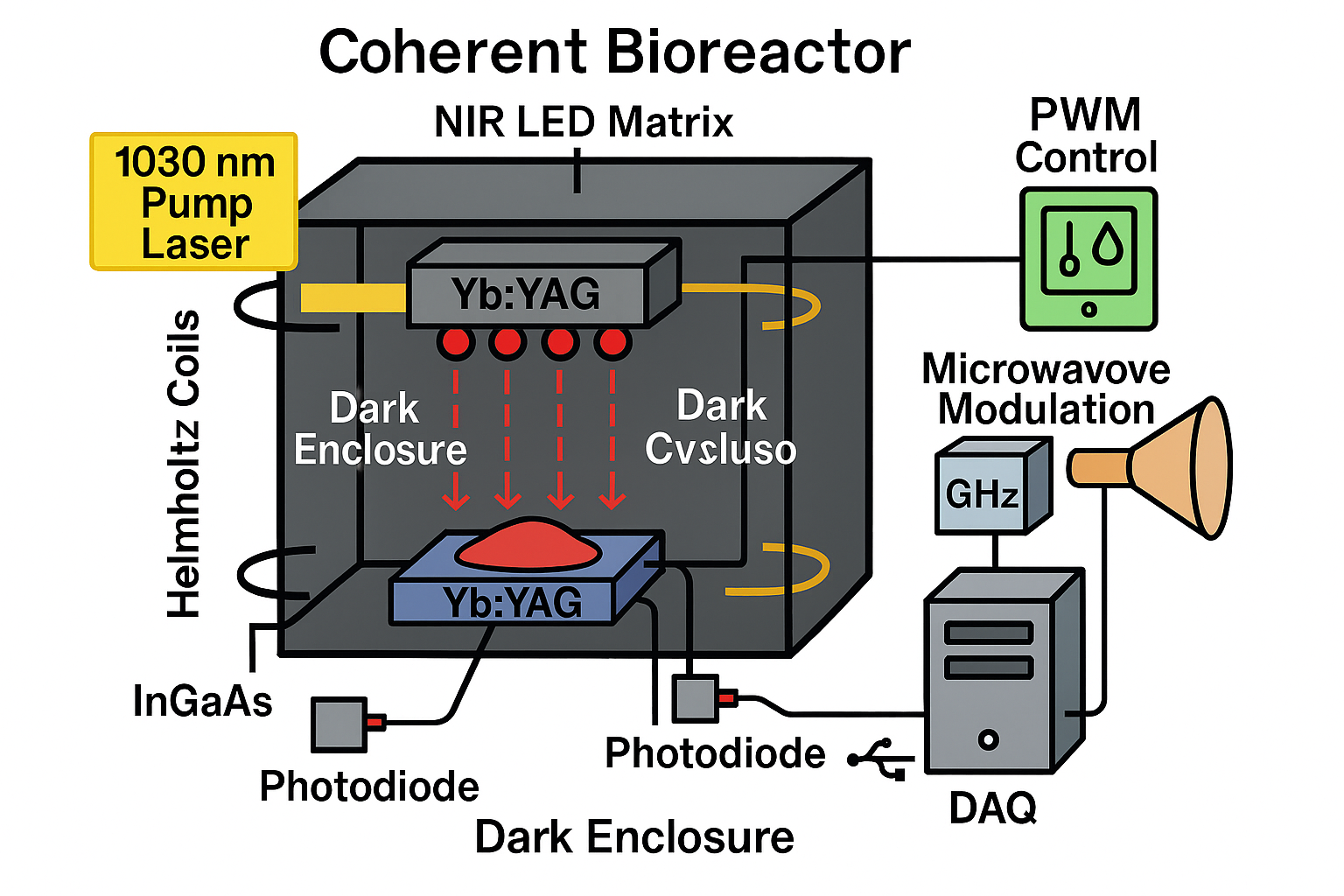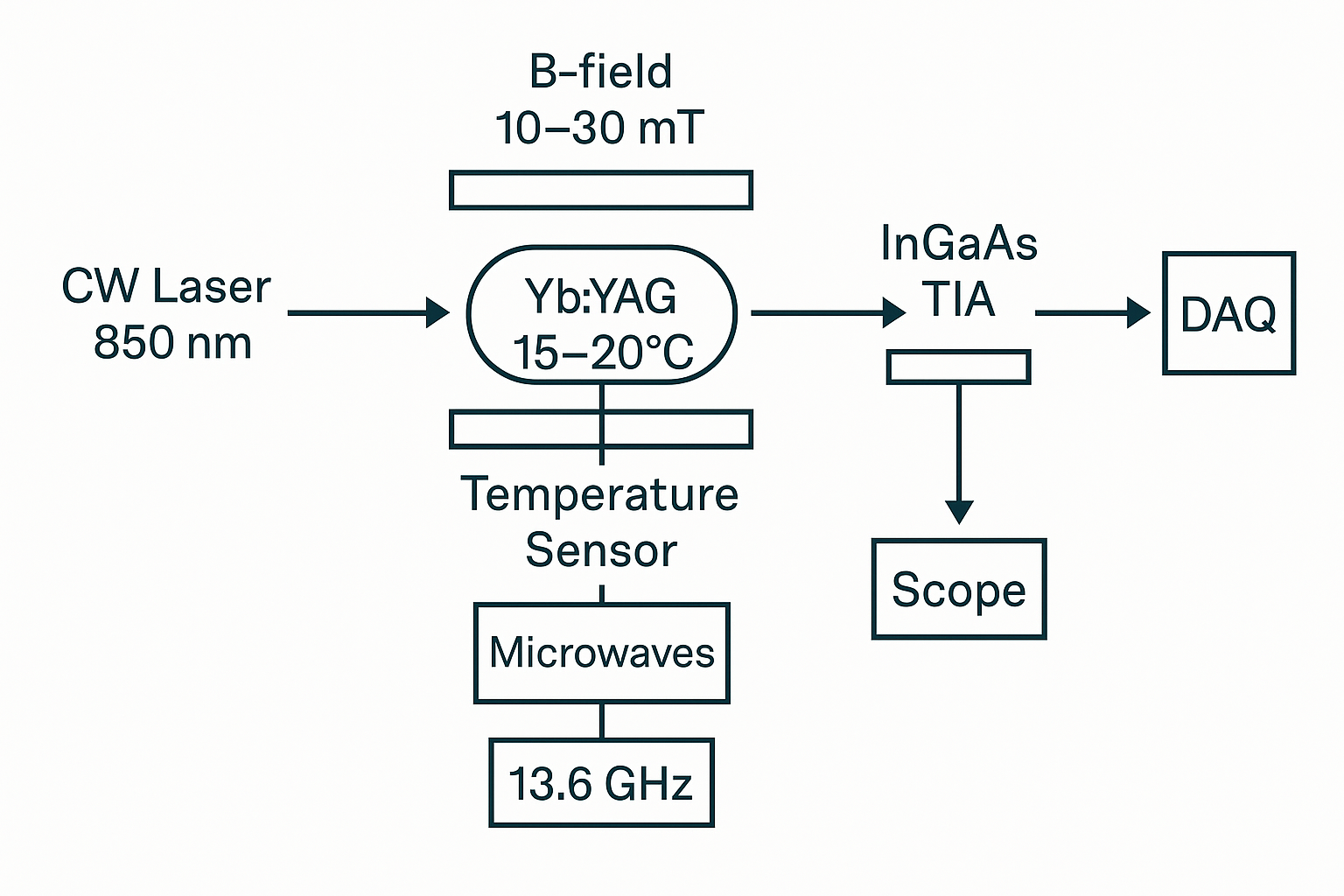Extending DNA Coherence and Longevity: A BSM-SG Inspired Framework
Abstract
The BSM-SG (Basic Structures of Matter – Supergravitation) theory suggests that biological matter, including DNA, operates within a structured vacuum (the Cosmic Lattice) where helical and spin interactions are stabilized by geometric and energetic coherence. Aging, in this perspective, is not simply accumulation of damage, but progressive dephasing of this coherent dynamics across DNA, water, mitochondria, and electromagnetic fields.

We outline a laboratory roadmap for exploring how coherence can be supported, dephasing minimized, and measurable biomarkers tracked. The purpose is research and prototyping, not therapy.
1. What to Maintain (Coherence Factors)
- Mitochondrial Integrity → low ROS, stable ΔΨm.
Biomarkers: JC-1/TMRE assays, ATP/ADP ratios, mtDNA copy number. - Epigenetic Stability → youthful methylation profile, low γ-H2AX (double-strand breaks), high DNA repair capacity (PARP/SIRT activity).
- DNA Hydration Layer → structured water supporting terahertz H-bond modes.
Proxies: FTIR spectra, dielectric properties, viscosity.
2. What to Reduce (Dephasing Factors)
- Oxidative & Carbonyl Stress → 8-oxo-dG, MDA/4-HNE.
- Heavy Metals & Glycation → Fe/Cu catalysis, hyperglycemia-induced histone/DNA glycation.
- Mechanical/Topological DNA Strain → supercoiling stress, topo I/II imbalance.
Assays: comet assay, topo activity tests.
3. BSM-SG Inspired Interventions (Lab Prototypes, Not Humans)
A. Photobiomodulation (PBM)
- Pulsed 660–680 nm or 810–850 nm, low power (mW/cm²), modulated at 10–1000 Hz.
- Hypothesis: stabilizes mitochondrial electron transport → ↓ROS, ↑ATP, reduced γ-H2AX under stress.
B. Weak Magnetic Fields (μT–mT range)
- Static field: 0.5–2 mT + modulation 7–40 Hz.
- In BSM-SG terms: reinforcement of helical degrees of freedom, stabilizing spin channels.
C. Electromagnetic Discipline of the Environment
- Minimize stray high-frequency noise.
- Experiments inside a Faraday cube to isolate PBM + magnetic field effects.
D. Chemical Hygiene
- Adequate Mg²⁺/K⁺ for DNA polymerases.
- Low-D water experiments (often linked to reduced ROS).
- NAD⁺/SIRT axis modulation only in model systems.
4. Experimental Protocol (8–12 Weeks, Cell/Organoid Models)
Groups:
- Group A: PBM only
- Group B: Magnetic fields only
- Group C: Combined PBM + Magnetic fields
- Group D: Controls (no intervention)
Biomarkers:
- Epigenetic clocks: Illumina EPIC, telomere qPCR.
- DNA damage/repair: γ-H2AX, 53BP1 foci, comet assay, PARP activity.
- Mito function: ΔΨm, OCR/ECAR, ATP, ROS.
- Physical markers: dielectric spectrum, FTIR/Raman of water/proteins, fluctuation spectroscopy.
- Longevity markers: SA-β-gal senescence, cell doubling until arrest, morphology.
Expected BSM-SG signature: lower variance and noise, slower accumulation of DNA/mitochondrial damage, preserved chromatin architecture.
5. Experimental Setup: Coherent Bioreactor
- Dark enclosure (Faraday cage style).
- NIR LED matrix with PWM control (660/810 nm).
- Helmholtz coils generating weak, tunable μT–mT fields.
- Temperature/humidity control (±0.1°C, ±2%).
- DAQ logging system connected to photodiodes, magnetic probes, and environmental sensors.
Data logged continuously for spectral, time-series, and correlation analysis.

6. Data Analysis (R/Python Template)
- Signal Preprocessing: detrending, normalization, Fourier/PSD analysis.
- Statistical Testing: ANOVA across A/B/C/D groups.
- Biomarker Correlation: linking mitochondrial ROS to epigenetic drift.
- Pattern Extraction: PCA/ML clustering to identify “coherence-preserving” signatures.
7. What Not to Do
- No strong RF/microwave fields without ethics & thermal monitoring.
- No human applications — strictly for cell/organoid research.
- No blind supplementation without biomarker feedback.
Conclusion
Within the BSM-SG framework, aging is understood as a progressive dephasing of coherent helical structures. By systematically probing how light, weak fields, and structured environments influence cellular coherence, we may establish an engineering foundation for slowing biological decoherence.
This roadmap provides a clear A/B/C test framework, a coherent bioreactor design, and a data analysis pipeline for experimental validation.